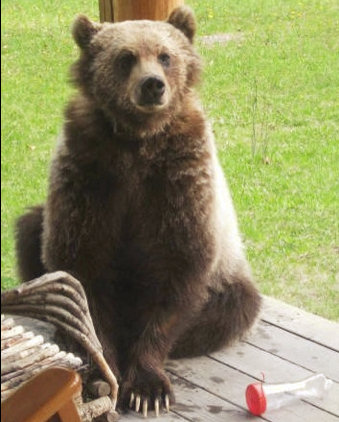Yet another sign of spring is this recent press release from Montana Fish, Wildlife & Parks . . .
As part of ongoing efforts required under the Endangered Species Act to monitor the population of grizzly bears in the Northern Continental Divide Ecosystem (NCDE), Montana Fish, Wildlife & Parks, the US Fish & Wildlife Service and Tribal wildlife managers are working to inform the public that pre-baiting and scientific capture operations are once again about to begin in parts of western Montana.
Biologists will begin to work this month in the Blackfoot Valley, many areas along the Rocky Mountain Front, and Swan, Clearwater, Mission, Jocko and Flathead River Valleys. Capturing will continue intermittently through the end of October. Traps will also be set periodically on private lands where bear/human conflicts are occurring.
All areas where work is being conducted will have warning signs posted along the major access points to the trapping site. It is critical that all members of the public heed these signs.
Monitoring of grizzly bear distribution and other activities are vital to ongoing recovery of grizzlies in the NCDE. In order to attract bears, biologists utilize natural food sources such as fresh road–killed deer and elk. Potential trapping sites are baited with these natural foods and if indications are that grizzly bears are in the area, snares or culvert traps will be used to capture the bears. Once trapped, the bears are sedated, studied, and released in accordance with strict protocols.
For more information regarding grizzly bear trapping efforts call FWP in Missoula at 406-542-5500 or FWP in Kalispell at 406-752-5501.
